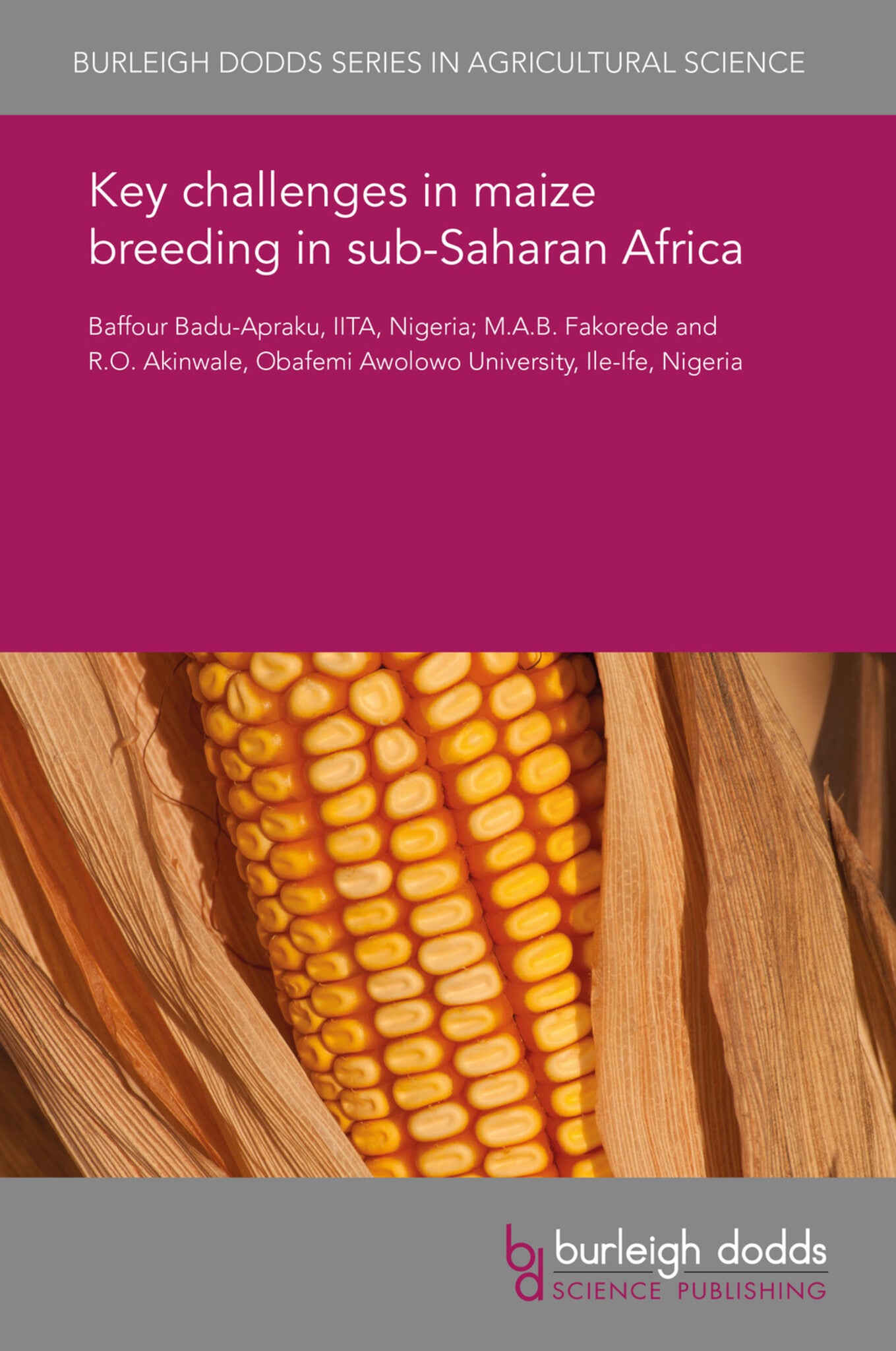We're sorry. An error has occurred
Please cancel or retry.
Key challenges in maize breeding in sub-Saharan Africa

Some error occured while loading the Quick View. Please close the Quick View and try reloading the page.
Couldn't load pickup availability
- Format:
-
09 June 2017


TECHNOLOGY & ENGINEERING / Agriculture / Agronomy / Crop Science, Agronomy and crop production, TECHNOLOGY & ENGINEERING / Agriculture / Sustainable Agriculture, Botany and plant sciences, Sustainable agriculture

1 Introduction 2 Research facilities 3 Human resources 4 Use of tropical germplasm for maize improvement 5 Heterosis, heterotic grouping and identification of testers in maize germplasm 6 Application of new plant breeding techniques 7 Participatory plant breeding 8 Conclusion and future trends 9 Where to look for further information 10 References



